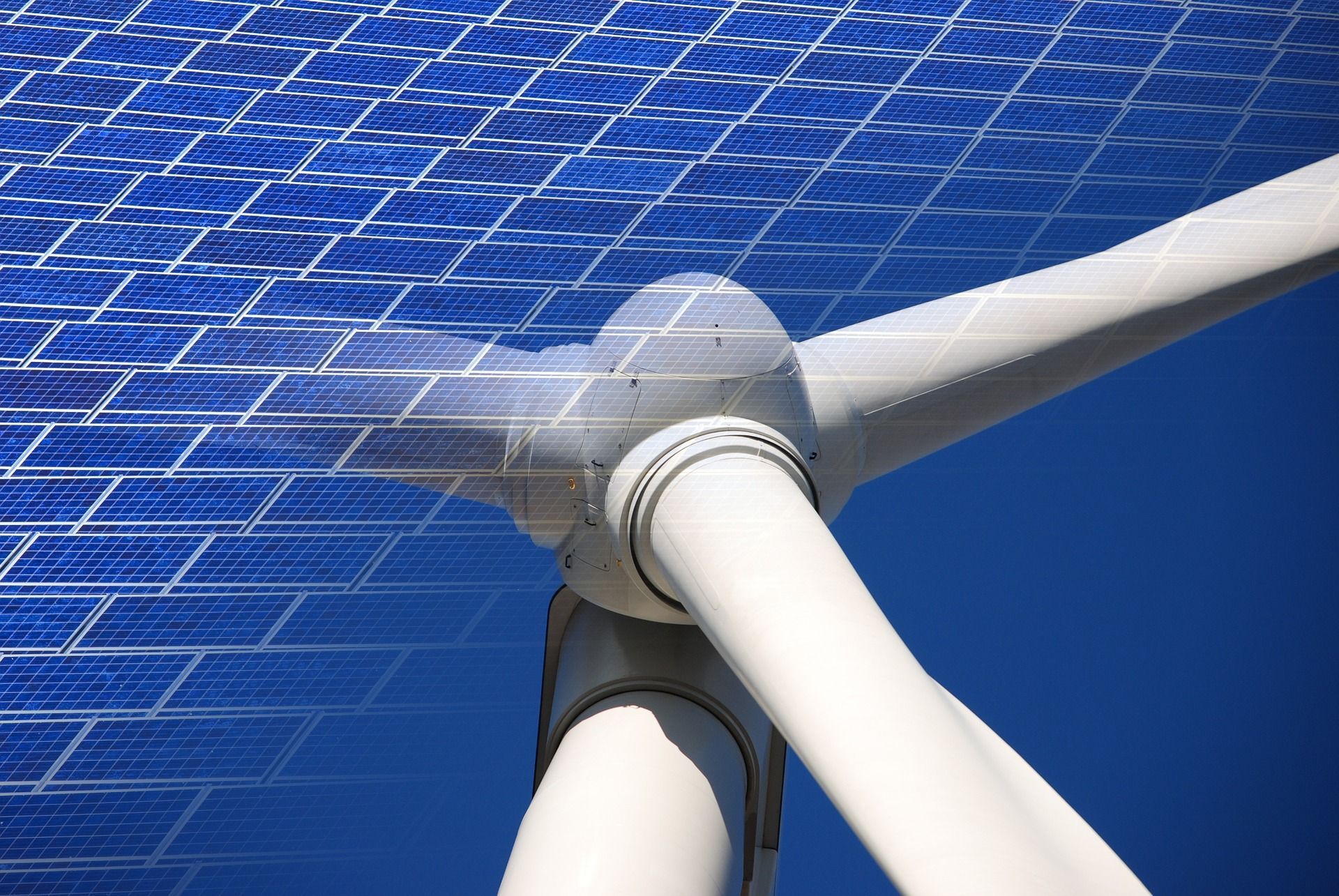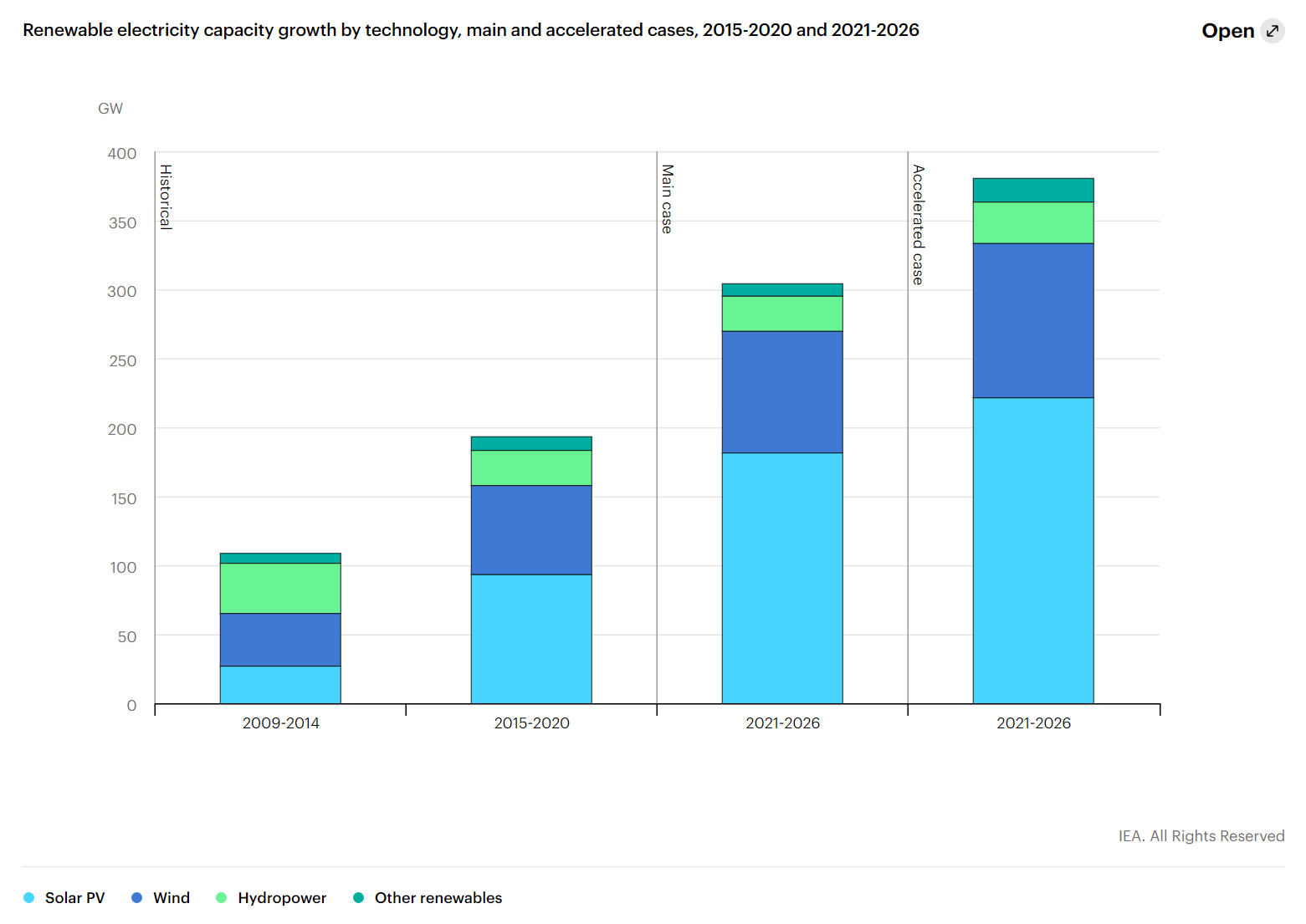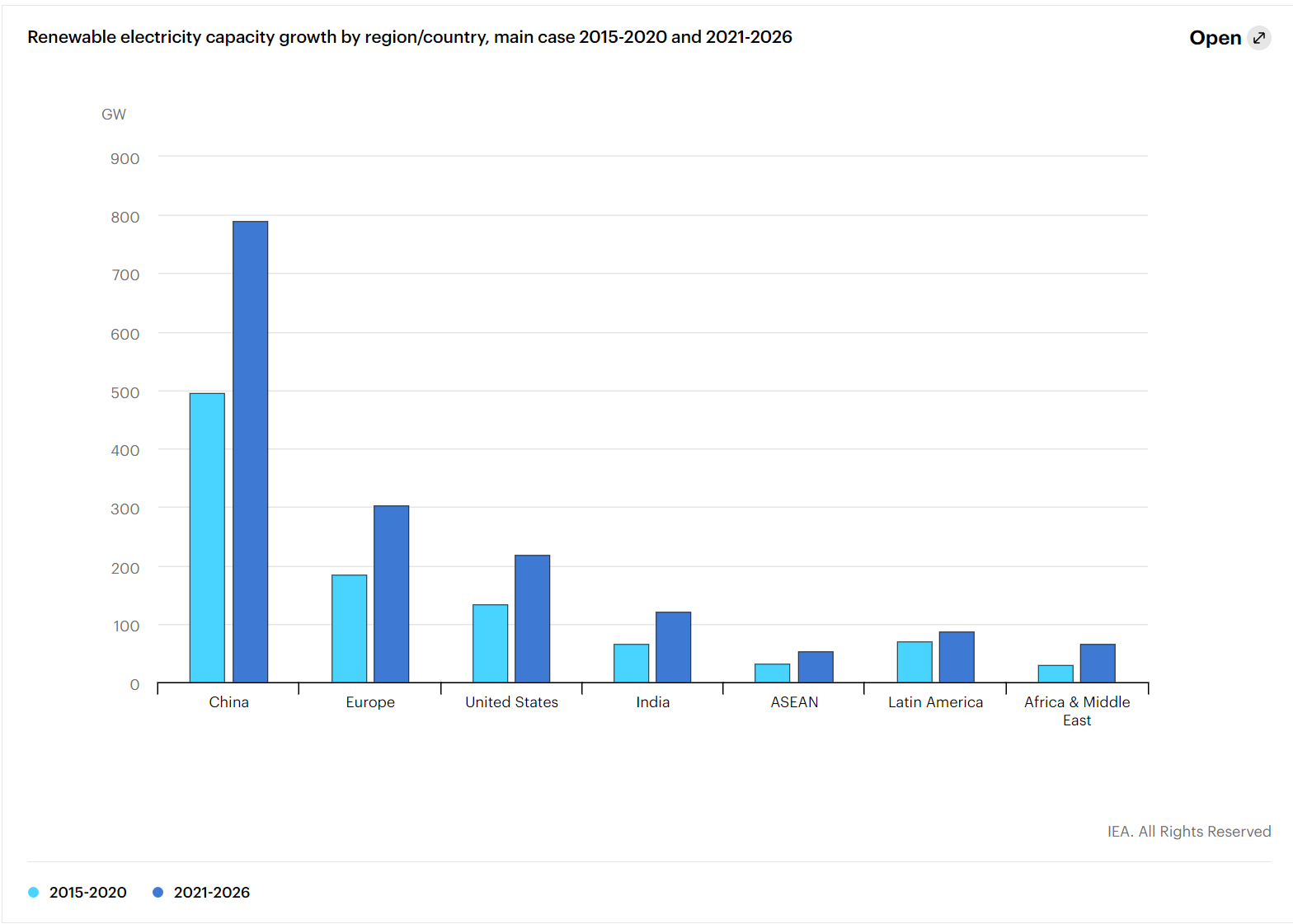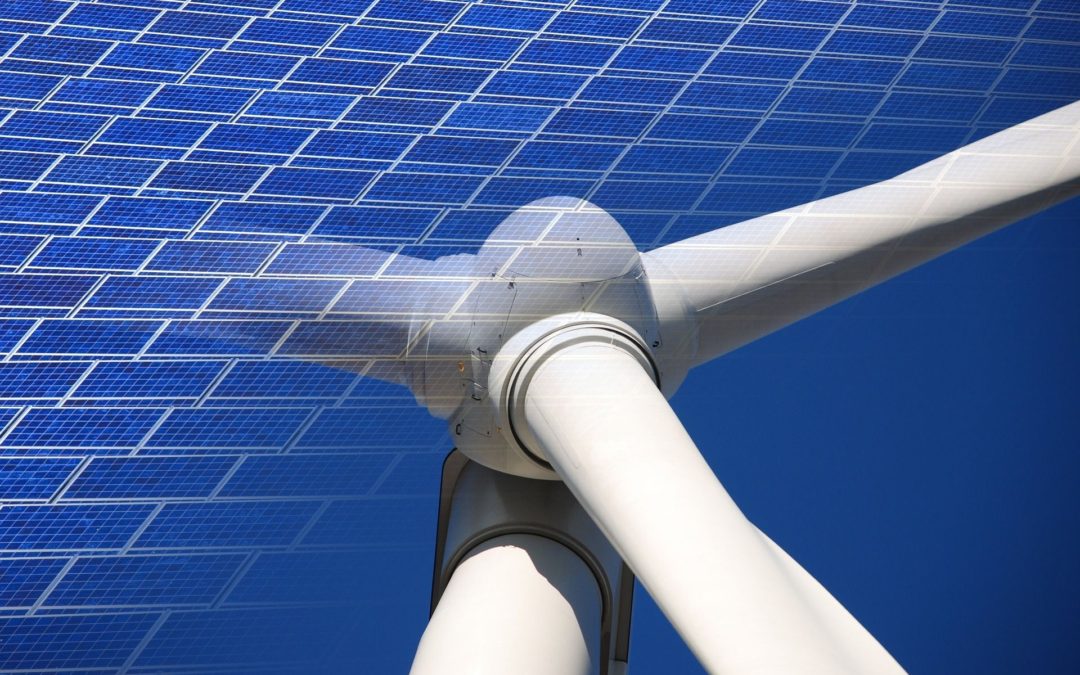
According to the International Energy Agency, IEA, 2021 will set a record in how much new electricity will come from renewable energy. In total, the IEA estimates that the world's production capacity for renewable electricity will increase by 290 GW this year.
This is more than in any previous year and is equivalent to approximately 300 nuclear reactors. And that's just the beginning.
By 2026, the IEA estimates that 95 percent of all newly built electricity production will be renewable electricity. The production capacity of renewable electricity will increase by 60 percent to over 4,800 GW in total. This is as much as all nuclear and fossil fuel power plants produce today.
"This year's record addition of renewable electricity of 290 gigawatts is another sign that a new global energy economy is taking shape. The high prices of raw materials and energy we see today create new challenges for the renewable industry, but higher prices for fossil fuels also make renewable energy sources more competitive", says IEA chief Fatih Birol, in a press release.

The increase in renewable electricity will take place in all regions, but China will be the country that invests the most in renewable electricity in the next few years. China aims to add an additional 1,200 GW of renewable electricity by 2030. The IEA believes that China will achieve that goal four years earlier.
"China continues to show its strength when it comes to clean energy, with an expansion of renewable energy sources that indicates that the country may well reach a peak in its carbon dioxide emissions before 2030", says Fatih Birol.

India is another country where progress towards cleaner energy sources is moving at a brisk pace. The IEA estimates that India will double its expansion of renewable electricity compared to the previous five years.
If the governments of the world also were to facilitate increased expansion by, among other things, simplifying the application process for renewable electricity and improving their electric grids, the expansion could be even more rapid than the forecast, according to the IEA. This will be necessary in order to cut net emissions in the world to zero by the middle of the century.





